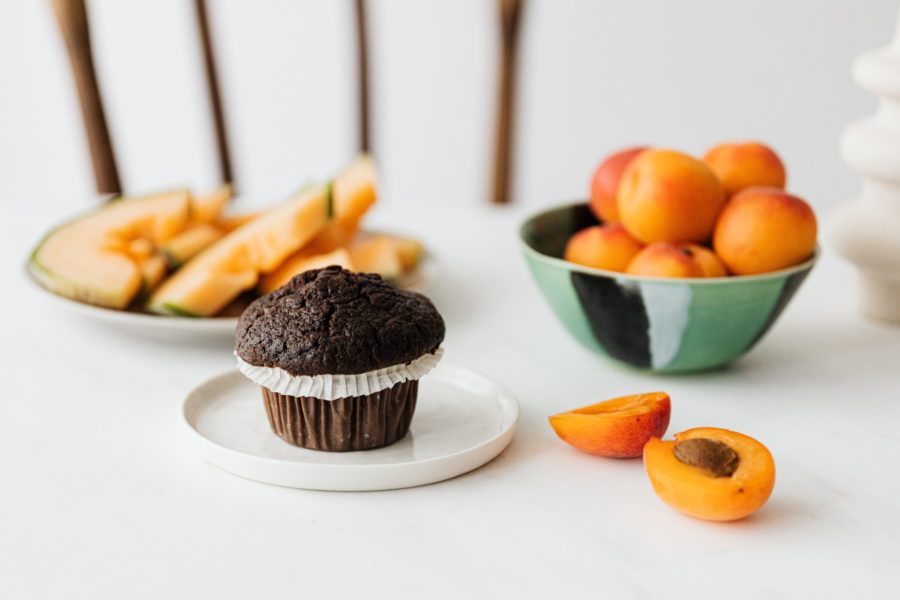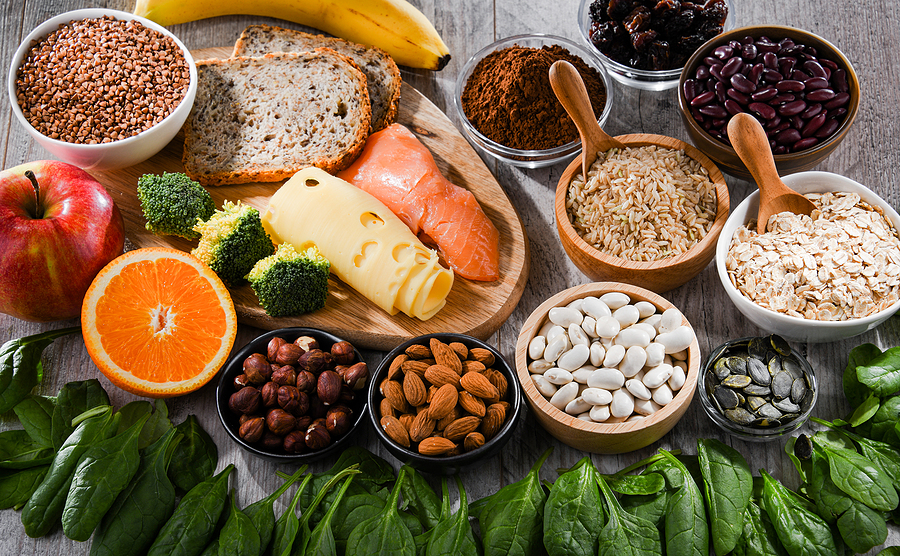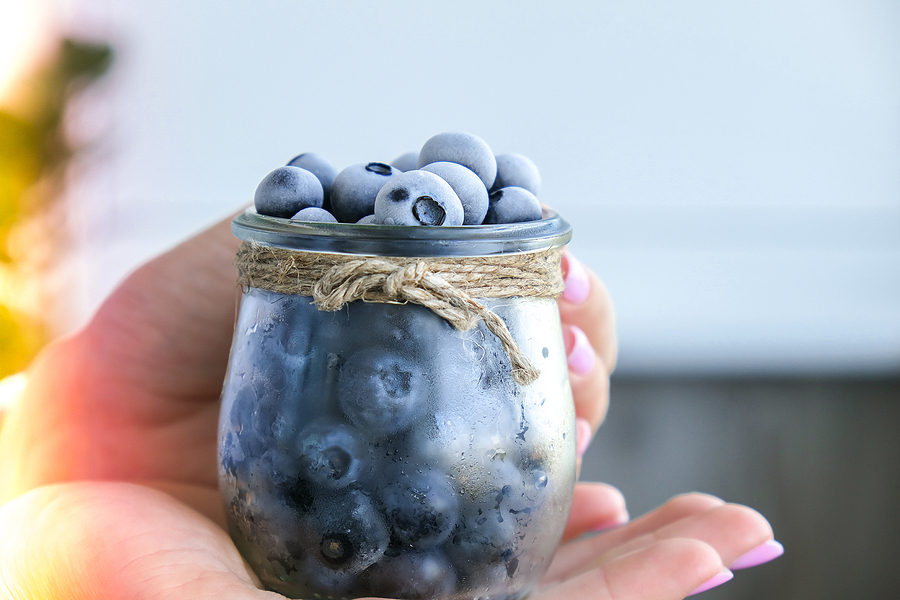“I eat as healthy as I can. I don’t eat any sugar at all. And still, I feel terrible much of the time. What am I doing wrong?”
That’s what Angela said to me when I asked her about her diet. She’d come to see me because of headaches, irritability, GI issues, and a plethora of other uncomfortable symptoms. I started, as I usually do, with a question about her diet. That’s because good nutrition is so important to how our bodies function.
At first glance, it sounded like she was on the right track. But then, I asked what she did eat, instead of what she didn’t. And I recognized right away what one of her problems might be. It was true, she wasn’t eating added sugar. But she’d replaced it with a whole range of artificial sweeteners. And despite what marketing representatives for these sweeteners would like you to believe, that’s as problematic as sugar itself.
Have you found yourself in the same situation? In trying to reduce sugar consumption, have you turned to aspartame or sucralose? Are you starting to realize you’ve only swapped one set of issues for another?
I’ve discussed the potential dangers of Splenda before. I urge you to be concerned about the impact of any unnatural substance you put in your body. I am especially concerned about the use of artificial sweeteners in products consumed by children, which I recommend you avoid.
But unlike many Functional Medical practitioners, I do think artificial sweeteners can serve a purpose for some women. And that brings us to the age old question: which is better, sugar or an artificial sweetener?
In this article, I’ll walk you through the ways in which sugar acts in your body, where many problems originate, and why.
Sugar and insulin: the energy rush
Like Pooh Bear and the honey jar, sweet treats are the comfort food of choice for most of us. Usually we’ve had powerful emotional incentives set up in childhood — like getting a lollipop after a doctor’s visit — and most of us unconsciously associate sugar with love, pleasure, and reward. Why else would we call our dear ones “honey,” “sugar,” and “sweetie”?
There’s an equally strong biological urge here that’s hard-wired. We’re predisposed to seek out sugar when we can find it. After all, sugar (sucrose) is a carbohydrate. It’s metabolized directly into blood sugar, or glucose, which fuels our brain and muscles. The purer the source, the faster it gets into the bloodstream, bypassing much of the digestive process.
Eating sugar shoots our blood sugar levels up and triggers a spike in the hormone insulin, which is needed to prep our cells to absorb the sugar. If there are no other nutrients to sustain our blood sugar level, it crashes as quickly as it rises — and we crave another hit. This is how sugar addiction begins.
Moreover, sugar floods us with pleasure by stimulating the release of the neurotransmitter serotonin, and probably other mood-elevating substances. Scientists report that eating chocolate initiates a brain response similar to falling in love.
The message a sweet taste sends your brain
And so our brains have learned over time to equate the taste of “sweet” with a rapid infusion of energy and pleasure — a good thing when food was hard-won and life was a battle to survive. Even now when we eat sweet foods, special taste buds trigger enzymes that prime our brain to anticipate this extra boost. With a balanced diet and a healthy metabolism, a calorie–control mechanism kicks in after a few minutes to regulate the desire for more food, including the satiety hormone leptin. But with too much sugar, we eat and eat and can’t get satisfied. For more on this process, see our article Insulin Resistance in Women.
The evolution of sugar
Another big difference between prehistoric times and now is that sugar back then came solely from complex natural sources that had other nutritional qualities, such as fruit, honey, bark, and leaves. And because naturally sweet food is seasonal, ripening with the sun in the summer or growing almost exclusively in warm climates, it was relatively rare in past times.
Over thousands of years our bodies used naturally sweet food safely and efficiently in this way. But then what happened? As our knowledge evolved, we grew adept at refining pure sugar from its food source. Sugar became its own food group — an empty calorie, devoid of protein, fat, or fiber — but still relatively rare.
As shipping and trade routes grew, sugar became widely available. New refining technology put granulated white sugar on every table, replacing the more nutritionally complex honey, molasses, barley and maple sugars. These had been generally added to food after preparation or to taste during baking and preserving, not pumped into the food itself.
Modern availability
Enter the modern era with its advanced food-processing techniques and competitive food companies, and presto! Refined sugar is everywhere and in everything.
Sugar is a food processor’s fantasy: it’s cheap, it adds bulk and texture, and it makes consumers prefer their product over a less-sweet alternative. So now consumers get sugar everywhere, from simple carbohydrates (so-called white food) to pure granulated sugar, and in other forms like dextrose, fruit juice concentrate, maltodextrin, and high–fructose corn syrup. These empty calories take the place of real nutrients — so while we eat and gain weight, we’re actually starving our cells.
The health effects of Sugar
What happens to our metabolism with all that sugar? Remember, we’re still primitive at a cellular level. What starts out initially as a survival tool quickly becomes a crutch if sugar is easy to procure. A sugar craving (which is really a craving for an energy and serotonin surge) becomes a habit.
We unwittingly reprogram our biochemistry to perpetuate these cravings. What’s more, this process is exacerbated by stress — because that’s when your body needs immediate energy and serotonin. We often put our bodies through the binge–crash cycle several times a day. Your fatigue tells you to have that extra cup of coffee or high–carb snack at mid-morning and again in the afternoon.
When you look at the huge increase in sugar in our diets this past century — particularly in processed foods — you see that it marches in step with the epidemic increase in metabolic diseases. According to the US Department of Agriculture, there were 123.2 pounds of sugar available per Amerian in 2019. While down from a high of 151.5 pounds in 1999, indicating that things are finally moving in the right direction, that’s still far more than the recommended consumption. The USDA recommends no more than 10% of calories from added sugar per day, which equates to about 12 teaspoons in a 2,000 calorie diet (still too much for most women, in my book). The biggest sources are the corn sugar and corn syrup found in beverages like juice drinks and soda.
If we really listened to our bodies, we probably wouldn’t consume so much sugar. Our love affair with sugar has enjoyed a slow and subtle evolution — with daily nudges from the food industry. But our bodies simply aren’t equipped to handle such large amounts of sugar on a daily basis. Even in the short term, too much sugar can trigger headaches, tooth decay, and indigestion.
Sugar sensitivity
Over time, your body loses the ability to make enough sugar-digesting enzymes to meet the demand, and sugar sensitivity develops. Women tend to notice this more during perimenopause, when excess sugar and other simple carbohydrates trigger symptoms of hormonal imbalance.
Excess sugar consumption also upsets the balance of intestinal flora in your digestive tract and can cause symptoms of intestinal distress such as bloating, cramping, and gas (for more on this, see our Digestive Health section). Other symptoms of sugar sensitivity are headaches, insomnia, aggression, panic attacks, irritability, mood swings, and depression. Too much sugar can deplete levels of serotonin, the neurotransmitter whose deficiency is linked to depression. What’s worse, low levels of serotonin actually trigger more sugar cravings.
Studies in accelerated aging link elevated sugar intake with a process called glycosylation -proteins in our bodies morph into AGE’s, or advanced glycosylation end-products, a kind of metabolic debris that collects in our organ, joint, and skin tissues.
Long-term sugar intolerance leads to type 2 diabetes and other complications like obesity and inflammation. Drinking more than one soda a day raises your risk of serious weight gain by 80%.
If it’s a natural food, why is sugar so hard to digest? Again, it’s the sheer quantity not the substance itself that causes concern. Studies show that our bodies actually work harder in sugar’s afterburn to restore metabolic homeostasis.
Are artificial sweeteners better?
With all the dangers of sugar consumption, is it any surprise that we’ve turned to artificial sweeteners for answers? For women trying to stay healthy, artificial sweeteners can seem like the best of both worlds — sugar without calories.
But there simply is no free lunch. Artificial sweeteners can be just as troublesome, with one exception: sugar addiction — those of us who simply cannot stop eating sugar once we start. In this case, artificial sweeteners may help short-circuit the dependency.
Splenda is the newest artificial option – and the most popular these days – but it isn’t the only one. Read my follow up article, Sugar Substitutes: Are They Safe? for information on the different types as well as some natural alternatives and tips for decreasing sugar consumption. Angela tried them and her symptoms disappeared!
Feed your sweet tooth naturally
One of the best ways to ease up on sugar consumption is to find foods that are naturally sweet to enjoy. Here are some recipes from my book The Core Balance Diet that incorporate fruit, one of the best naturally sweet options there is!
Avocado and Pear Dip
2 fresh avocados, peeled and mashed
1 medium sized fresh pear, peeled and finely chopped
2 fresh green onions, white and green parts finely chopped
Mix all ingredients until well combined. Serve. Makes 8 servings.
Minty Cantaloupe Balls
1 cantaloupe
1 cup fresh mint, finely chopped
1 tablespoon lime juice
To prepare melon balls, cut cantaloupe in half, remove seeds. Using a ½ inch melon baller, scoop melon from rind. Toss with mint leaves. Add lime juice and toss well. Refrigerate 4-6 hours. Refrigerate leftovers. Makes approximately 6 servings.
Not Your Mom’s Chicken Salad
1 ½ cups cooked chicken breast, chopped
½ cup apple, diced
1 cup celery, diced
1 cup green onions, chopped
1 ½ tablespoons balsamic vinegar
2 tablespoons olive oil
Place the first five ingredients in a large bowl. Using whisk, blend oil and vinegar in a separate bowl. Pour over the chicken mixture and mix well. Chill. Mix before serving. Leftovers may be refrigerated for up to three days. Makes 4 servings.
Sweet Salsa Smothered Steak
4 6-ounce boneless strip steaks
1 ½ teaspoons Caribbean Jerk seasonings
¼ fresh, chopped peaches (canned will work if packed in their own juices, not syrup)
1 tablespoon lime juice
¼ cup red pepper, finely chopped
1 cup mango, chopped
1 teaspoon gingerroot, grated
1 teaspoon jalapeno, finely chopped
Sprinkle both sides of steak with jerk seasoning. Broil 7-10 minutes or until steak reaches desired doneness. While steak is cooking, mix peaches, pepper, mango, lime juice, ginger and jalapeno in bowl. Top cooked steak with salsa. Refrigerate or freeze leftovers. Makes 4 servings.







